Cooking with children is not just about making meals—it’s an opportunity to teach them valuable life skills, instill healthy eating habits, and create lasting memories together. In this blog post, we’ll explore a series of fun and interactive veggie cooking activities that will empower your kids in the kitchen and help them cultivate a lifelong love for vegetables. These activities are designed to be engaging, educational, and, most importantly, delicious!
Why Get Kids Involved in Cooking?
Getting kids involved in cooking is beneficial in numerous ways. It helps them develop a sense of responsibility, enhances their creativity, and improves their fine motor skills. Additionally, when children are involved in preparing their meals, they are more likely to eat what they’ve made, making it easier to introduce healthy foods like vegetables into their diet.
Cooking together also provides an excellent opportunity for bonding and communication. It’s a chance to talk about nutrition, the importance of eating a variety of foods, and where our food comes from. These conversations can help build a foundation of healthy eating habits that will benefit your children throughout their lives.
Let’s dive into some exciting veggie-based cooking activities that you and your kids can enjoy together!
1. Veggie Pizza Party

There’s something magical about making your own pizza, and when kids get to play the role of a mini pizzaiolo, the experience becomes even more special. A Veggie Pizza Party is a fantastic way to encourage creativity and healthy eating simultaneously.
Ingredients:
- Whole wheat pizza dough or pre-made pizza bases
- Tomato sauce or pesto
- A variety of vegetable toppings: bell peppers, cherry tomatoes, mushrooms, olives, onions, spinach
- Grated cheese (optional)
- Olive oil
- Herbs like basil, oregano, or parsley
Activity Steps:
- Prep the Ingredients: Set up a pizza-making station with all the ingredients in small bowls. Let your kids wash and prepare the vegetables by slicing, dicing, and arranging them on a platter.
- Create Your Pizza: Encourage your kids to spread the tomato sauce or pesto on their pizza base and then let them go wild with the vegetable toppings. This is a great time to talk about the different veggies and their nutritional benefits.
- Bake and Enjoy: Once the pizzas are assembled, drizzle with olive oil and sprinkle with herbs. Bake in the oven until the crust is golden and the cheese (if using) is melted. Let the pizzas cool slightly before serving.
Educational Tip: Use this activity to teach your kids about the different food groups and why it’s important to eat a rainbow of vegetables for a variety of nutrients.
2. Garden Veggie Wraps
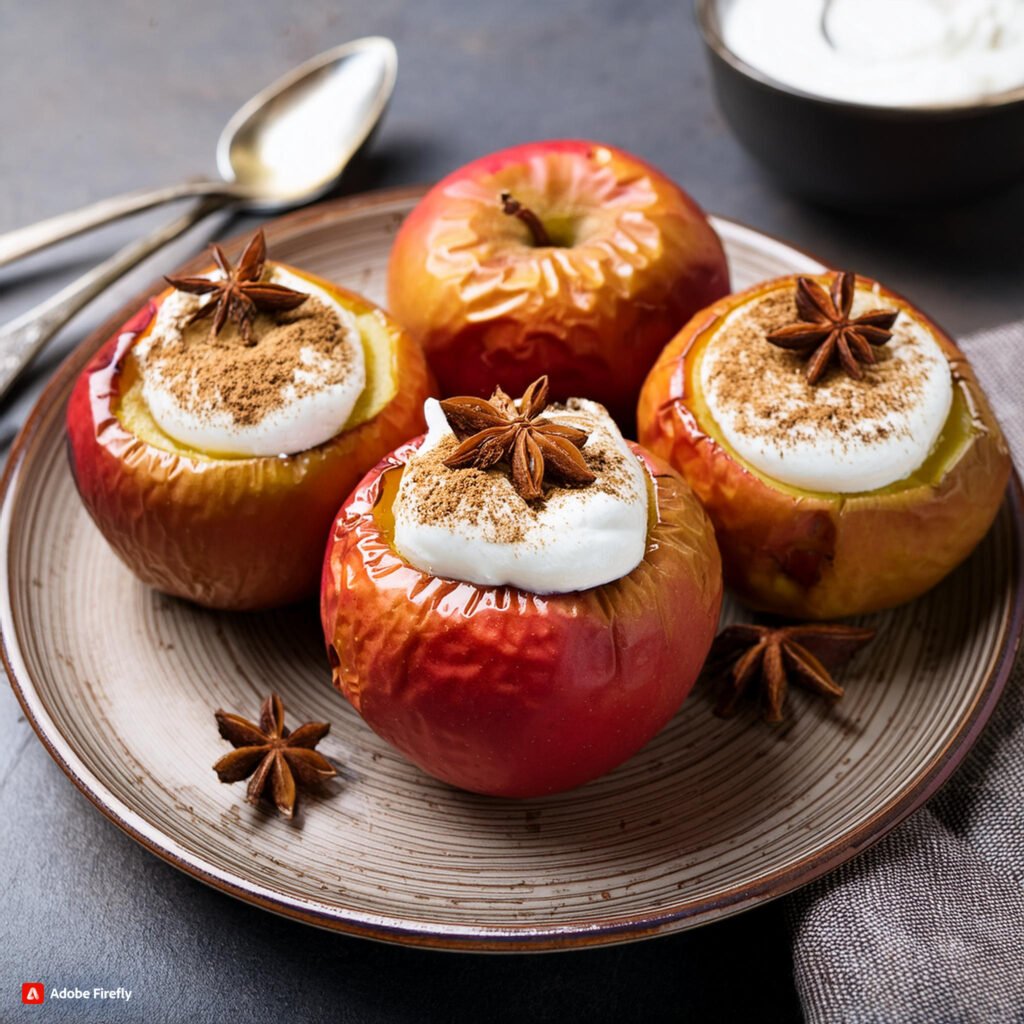
Wraps are a versatile and easy meal option that kids can help prepare. The Garden Veggie Wrap activity introduces children to fresh, raw vegetables in a fun and tasty way.
Ingredients:
- Whole grain tortillas
- Lettuce leaves
- Sliced cucumber, carrots, bell peppers, and avocado
- Hummus, yogurt-based dressing, or guacamole
- Shredded cheese (optional)
Activity Steps:
- Set Up the Wrap Station: Arrange all the ingredients on a table, making it easy for kids to see and choose what they want to include in their wraps.
- Assemble the Wraps: Show your kids how to spread hummus or another preferred spread onto the tortilla. Then, let them layer on the vegetables and cheese if desired. They can roll up the tortilla into a wrap or fold it like a burrito.
- Cut and Serve: Once the wraps are assembled, cut them in half for easier handling. Serve them with a side of extra veggies or fruit.
Educational Tip: Discuss the importance of whole grains and how they provide energy for the body. You can also explore the different textures and flavors of the vegetables used.
3. Rainbow Salad Adventure
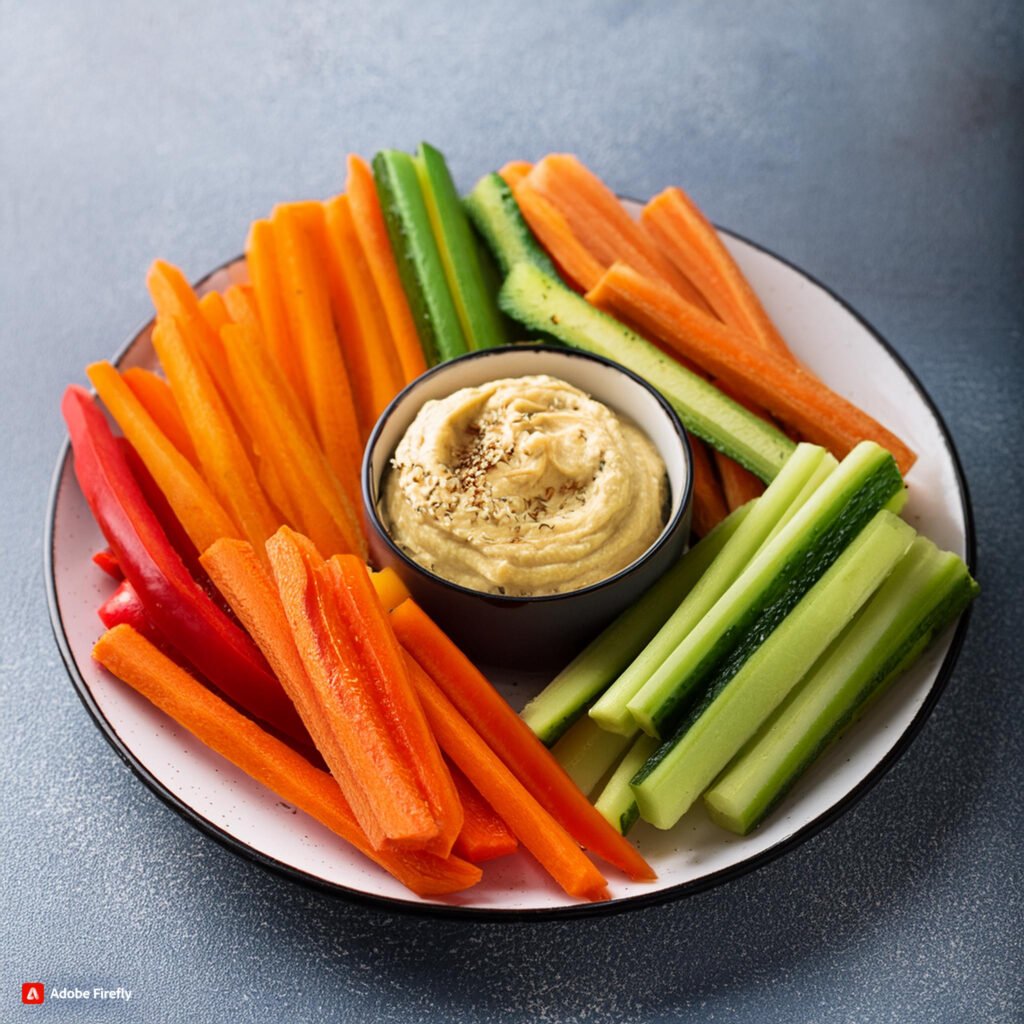
Creating a Rainbow Salad is not only fun but also a visual feast. This activity encourages kids to explore different vegetables by arranging them into a colorful salad.
Ingredients:
- Cherry tomatoes (red)
- Bell peppers (yellow, orange)
- Shredded carrots (orange)
- Purple cabbage (purple)
- Spinach or kale (green)
- Cucumber (green)
- A simple vinaigrette or your favorite salad dressing
Activity Steps:
- Prepare the Ingredients: Let your kids help wash and prepare the vegetables. They can chop the tomatoes, slice the cucumber, and shred the carrots and cabbage.
- Create the Rainbow: Give each child a bowl and ask them to arrange the vegetables by color, creating a rainbow effect. This can be a great way to introduce them to the concept of eating a variety of colors for balanced nutrition.
- Dress and Toss: After the salad is arranged, let your kids drizzle on some dressing and toss their salad to mix everything together.
Educational Tip: Talk about how different colors in vegetables represent different nutrients and how each one benefits the body. For example, orange veggies like carrots are high in vitamin A, which is good for eyesight.
4. Veggie Skewer Creations
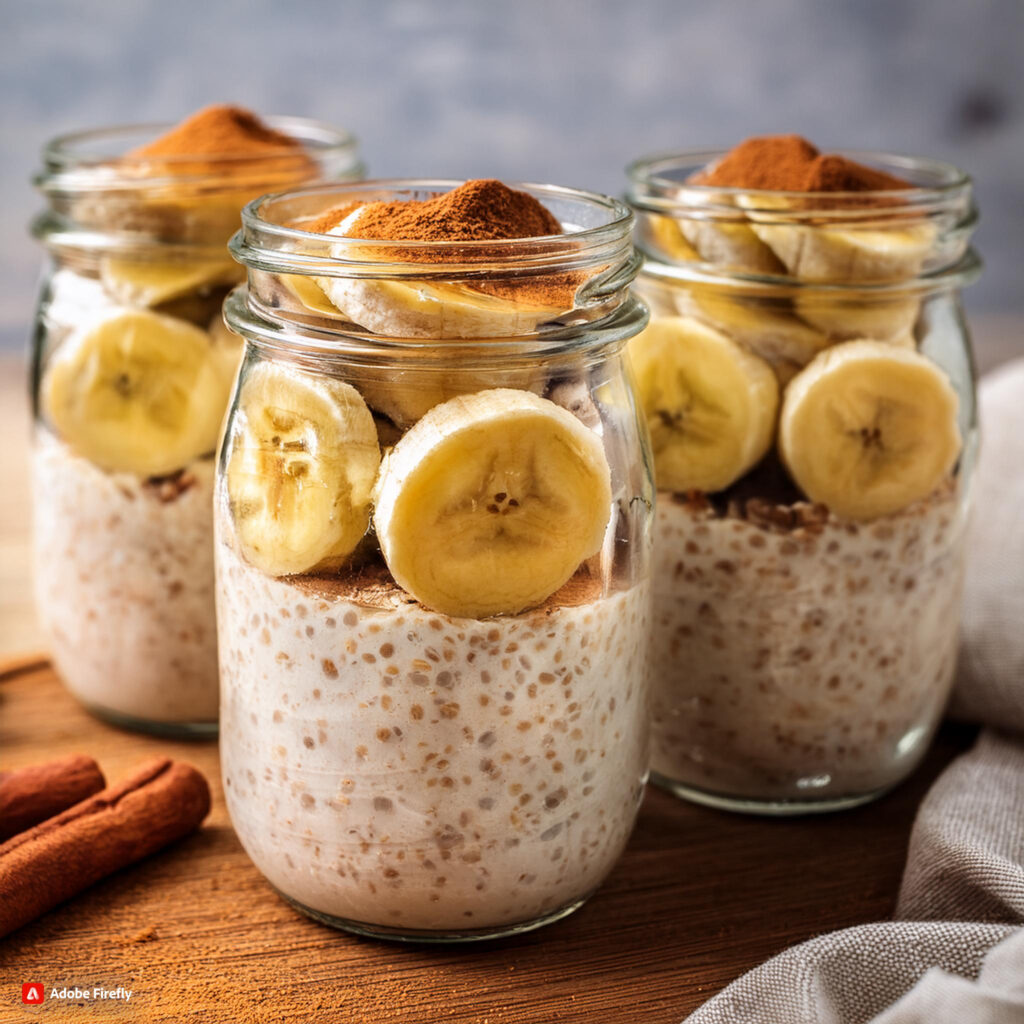
Skewers are a fun way to get kids involved in making their own meals. The Veggie Skewer activity allows children to practice their fine motor skills while learning about different vegetables.
Ingredients:
- Cherry tomatoes
- Cucumber slices
- Bell pepper chunks
- Mushrooms
- Zucchini slices
- Wooden or metal skewers
- Olive oil and herbs for seasoning
Activity Steps:
- Prep the Ingredients: Cut the vegetables into bite-sized pieces that can easily be threaded onto skewers. Set them out in bowls for easy access.
- Thread the Skewers: Show your kids how to carefully thread the vegetables onto the skewers. Encourage them to mix and match the colors and shapes to make their skewers visually appealing.
- Grill or Serve Raw: Depending on your preference, you can grill the skewers or serve them raw. Drizzle with olive oil and sprinkle with herbs before grilling.
Educational Tip: Explain how grilling vegetables can enhance their flavors and make them taste sweeter. You can also discuss the different textures of raw versus cooked vegetables.
5. Veggie Pasta Party
Pasta is a favorite among kids, and adding vegetables makes it even better! A Veggie Pasta Party is a fantastic way to encourage teamwork and creativity.
Ingredients:
- Whole wheat pasta (fusilli, penne, or your choice)
- Broccoli florets
- Cherry tomatoes
- Black olives
- Grated Parmesan or another cheese (optional)
- Olive oil, lemon juice, and herbs for the dressing
Activity Steps:
- Cook the Pasta: While the pasta is cooking, have your kids help wash and chop the vegetables.
- Mix It Up: Once the pasta is cooked and drained, let your kids add the vegetables and mix everything together. Drizzle with olive oil and lemon juice, and sprinkle with herbs and cheese.
- Serve and Enjoy: Serve the pasta warm or cold, depending on your preference.
Educational Tip: Discuss the importance of a balanced meal, including carbohydrates, vegetables, and proteins. Talk about how whole grains are a healthier choice compared to refined grains.
6. Super Smoothie Making
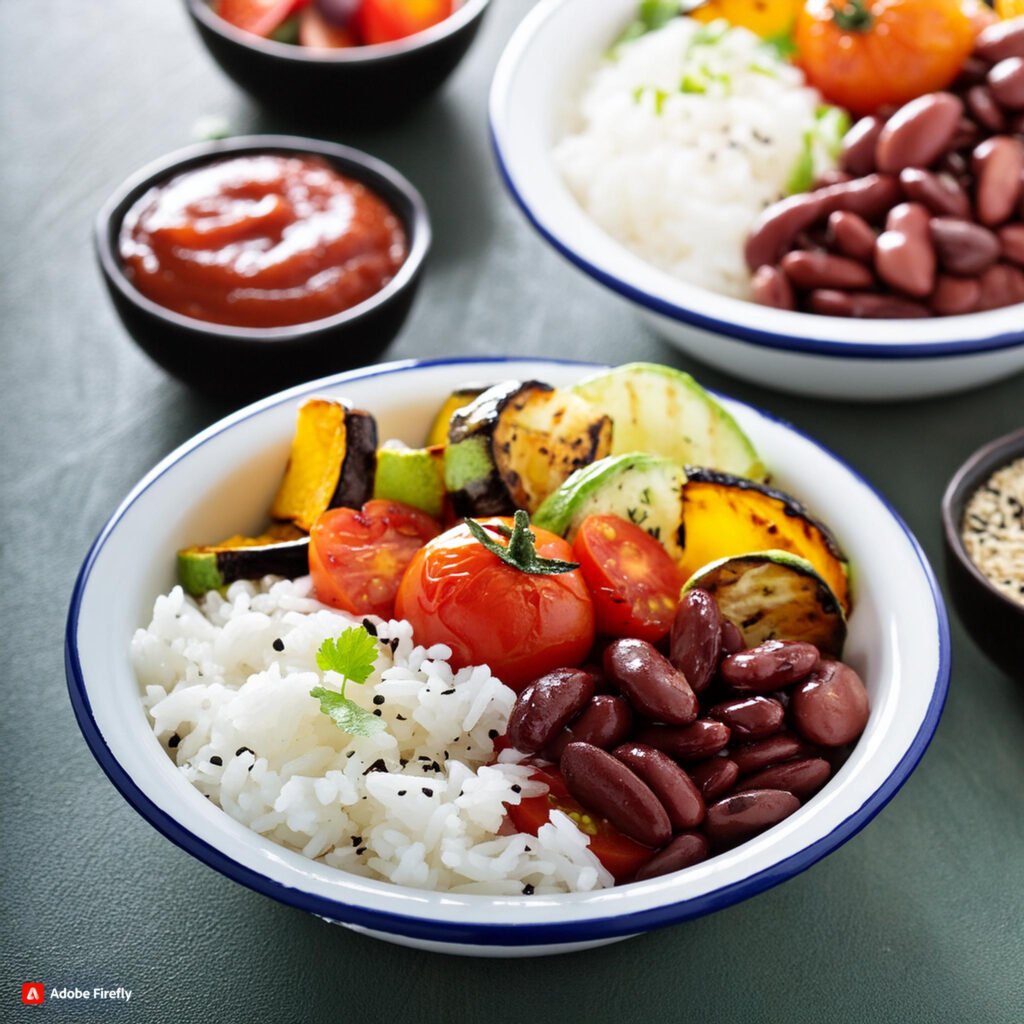
Smoothies are a delicious way to pack a lot of nutrition into one glass. The Super Smoothie Making activity lets kids experiment with different fruits and vegetables.
Ingredients:
- Spinach or kale
- Banana
- Berries (strawberries, blueberries, raspberries)
- Yogurt or a non-dairy alternative
- Milk or juice
- Honey or maple syrup for sweetness (optional)
Activity Steps:
- Set Up the Ingredients: Arrange the fruits, vegetables, and liquids in front of your kids. Let them choose what they want to include in their smoothie.
- Blend Away: Show your kids how to safely use a blender. They can add the ingredients, secure the lid, and watch as everything blends into a vibrant smoothie.
- Taste Test: Pour the smoothies into glasses and let your kids taste their creations. Encourage them to describe the flavors and textures.
Educational Tip: Explain how smoothies are a great way to get a variety of nutrients in one meal. You can also talk about the benefits of including greens like spinach in their diet.
7. Dip and Dunk Veggie Fun
Dips make eating vegetables more exciting for kids. The Dip and Dunk activity is perfect for snack time or a light meal.
Ingredients:
- Carrot sticks, celery sticks, cucumber slices
- Hummus, yogurt-based ranch, guacamole, or another favorite dip
- Whole grain crackers or pita chips (optional)
Activity Steps:
- Prep the Veggies: Let your kids help wash and cut the vegetables into sticks or slices.
- Set Up the Dips: Arrange the dips in small bowls and place them alongside the vegetables.
- Dip and Enjoy: Encourage your kids to try different vegetable and dip combinations. They can also create their own dipping sauces using yogurt, herbs, and spices.
Educational Tip: Discuss the benefits of snacking on vegetables instead of processed snacks. You can also talk about how homemade dips can be healthier than store-bought versions.
8. Veggie Muffin Madness
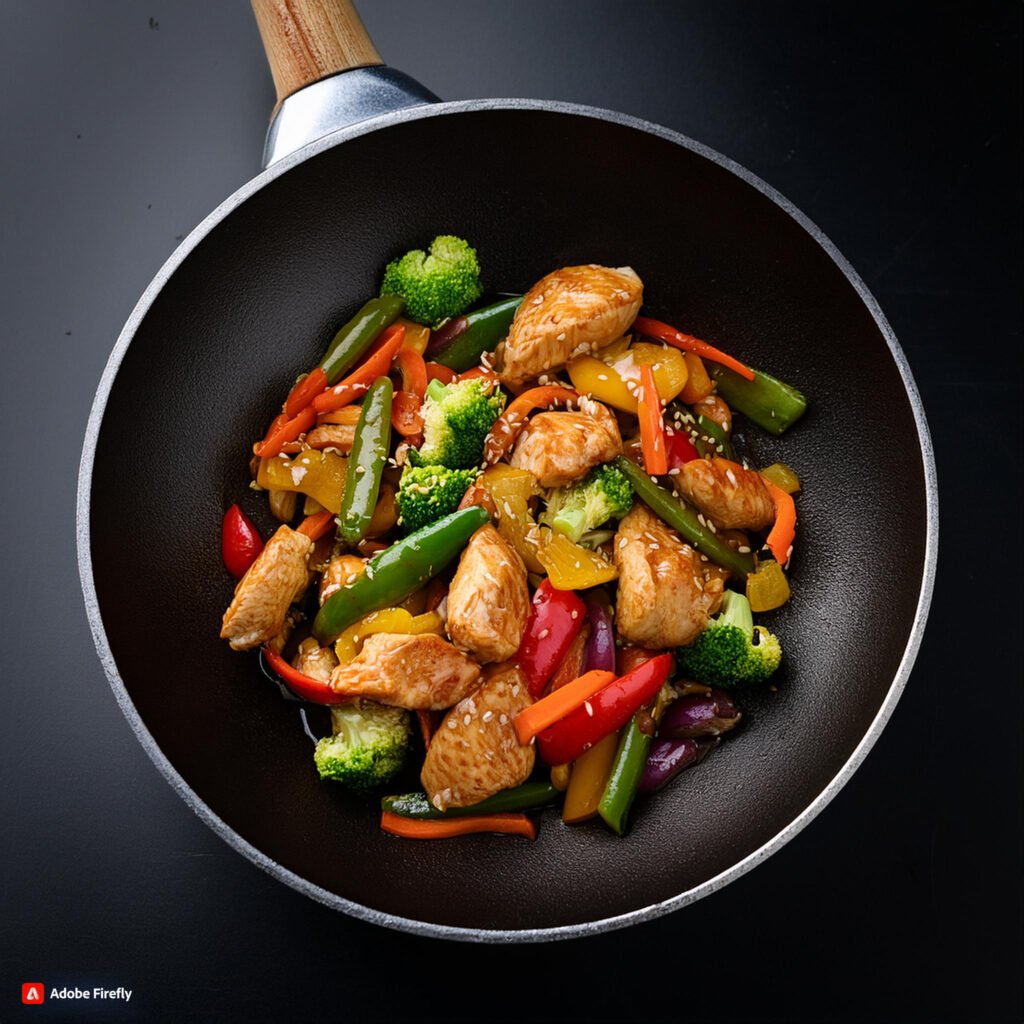
Baking with vegetables might sound unusual, but it’s a fantastic way to sneak extra nutrients into your kids’ diet. Veggie Muffin Madness is a fun baking activity that results in delicious, veggie-packed treats.
Ingredients:
- Whole wheat flour
- Shredded zucchini or carrots
- Eggs
- Olive oil or butter
- Honey or maple syrup
- Baking powder
- Cinnamon and nutmeg
- Optional add-ins: nuts,


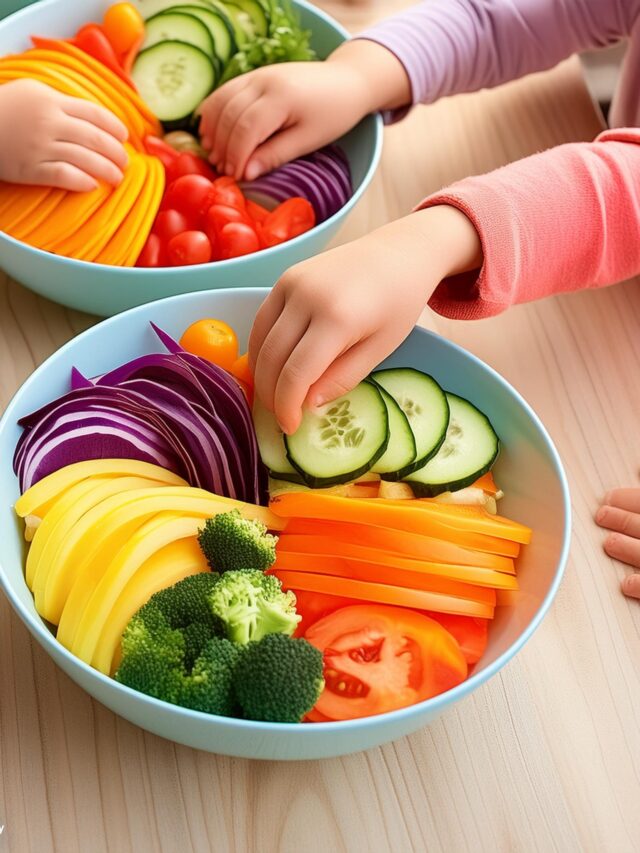
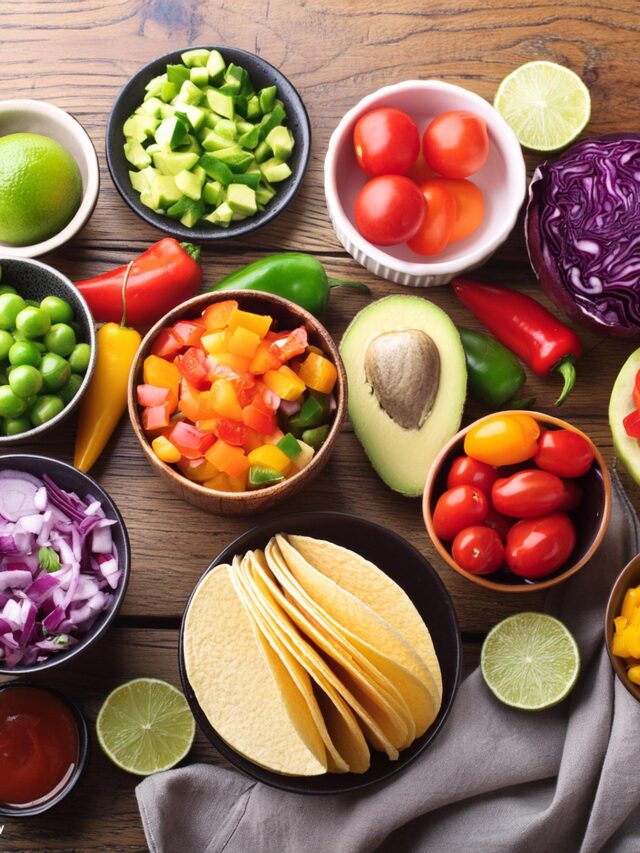


startup talky I really like reading through a post that can make men and women think. Also, thank you for allowing me to comment!
Mygreat learning Pretty! This has been a really wonderful post. Many thanks for providing these details.
BaddieHub Awesome! Its genuinely remarkable post, I have got much clear idea regarding from this post . BaddieHub
Strands Hint I’m often to blogging and i really appreciate your content. The article has actually peaks my interest. I’m going to bookmark your web site and maintain checking for brand spanking new information.